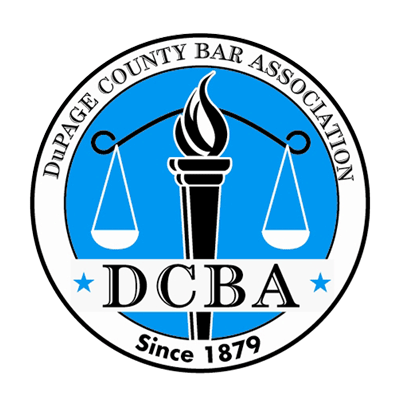
If you’re the parent of a school-age child, you have an important decision looming: Do you let your child participate in youth sports, despite the increased risk of adverse events? It’s natural to hope that this won’t happen. You may have a nostalgic or optimistic excitement to share sports enthusiasm with your child. This could lead you to wonder if your child’s really in danger if they join their school’s football team.
Unfortunately, the statistics are grim.
According to the CDC, from 2010-2016, children with sports-related traumatic brain injuries made up an average of 283,000 emergency room visits per year. Almost half of those injuries resulted from involvement with a contact sport. While the data also showed a recent (2013-2018) decline in specific football injuries, those numbers are far too high for anyone’s comfort.
Which youth sports pose a higher risk for traumatic brain injuries? What constitutes a traumatic brain injury for a child?
First, let’s discuss sports-related statistics of injurious events.
The Numbers: Traumatic Brain Injuries and Youth Sports
In terms of risk to your child, some sports are better than others.
The American Association of Neurological Surgeons and the U.S. Consumer Product Safety Commission recently released a report detailing the occurrence of sports-related head injuries. According to their report, which analyzed emergency room data from 2018, 454,407 cases of sports-related head injuries were treated at United States hospitals. The actual prevalence of traumatic events is likely much higher, as this data does not include injuries that go unreported, that victims or families treat themselves, or that receive treatment from a non-hospital provider (e.g., a school nurse or an immediate care center).
All of these qualifications aside, the resulting numbers do paint a picture of the most risky sports for children to play. Their report goes on to detail the top ten sports-related head injury categories among children 14 and younger, and their 2018 case occurrence. These are:
- Playground Equipment: 35,058
- Football: 31,277
- Basketball: 20,242
- Cycling: 19,921
- Baseball and Softball: 12,065
- Soccer: 12,709
- Swimming: 9,265
- Trampolines: 7,921
- Powered Recreational Vehicles: 6,036
- Skateboards: 3,101
This data is not comprehensive. For example, it leaves off cheerleading – a highly active and competitive youth activity that has also led to high rates of traumatic head injuries.
Regardless of its completeness, these numbers are telling. If your child plays football, basketball, baseball, softball, or soccer – some of the most popular youth sports in America – there is a not-small chance that they are at risk of a life-changing traumatic event.
The Reality of a Traumatic Brain Injury
The Mayo Clinic notes that brain injuries, like many others, can be mild, moderate, or severe. They tend to result from “a violent blow or jolt to the head or body,” a not-infrequent occurrence in youth contact sports.
While a mild traumatic brain injury, such as a concussion, may only affect your child’s brain cells temporarily, a more moderate or severe injury could have very unfortunate lifelong effects. Repeated blows or jolts to the system (or even one very harsh impact) can result in torn tissues, bruising, internal and external bleeding, or other types of physical brain damage.
These injuries, or subsequent complications, can affect your child’s mental processes and their ability to perform complex or simple physical movements. They can even lead to permanent conditions or death.
No parent wants to believe that their child’s middle-school soccer league could harm them. However, it’s best to understand the reality of the risk – and, ultimately, to be prepared for the worst.
Receive Assistance Recuperating (And Recouping Costs) from a Chicagoland Legal Team
If your child has suffered as a result of participation in a youth sporting league or event, you’re likely reeling. You’re wondering what you can do to help your child heal from their trauma. You may require resources in order to facilitate their future.
For over 30 years, the Cullotta Bravo Group has fought for Chicagoland clients, both preventing risky mistakes and representing our clients with successful defenses. If your loved one has suffered a traumatic injury, we can help you work towards the best possible outcome for your family – and we’ll handle your case on a contingent fee basis. We will not assess fees until after you have received compensation.
Contact us today at 630-898-7800 to schedule your free initial consultation.





